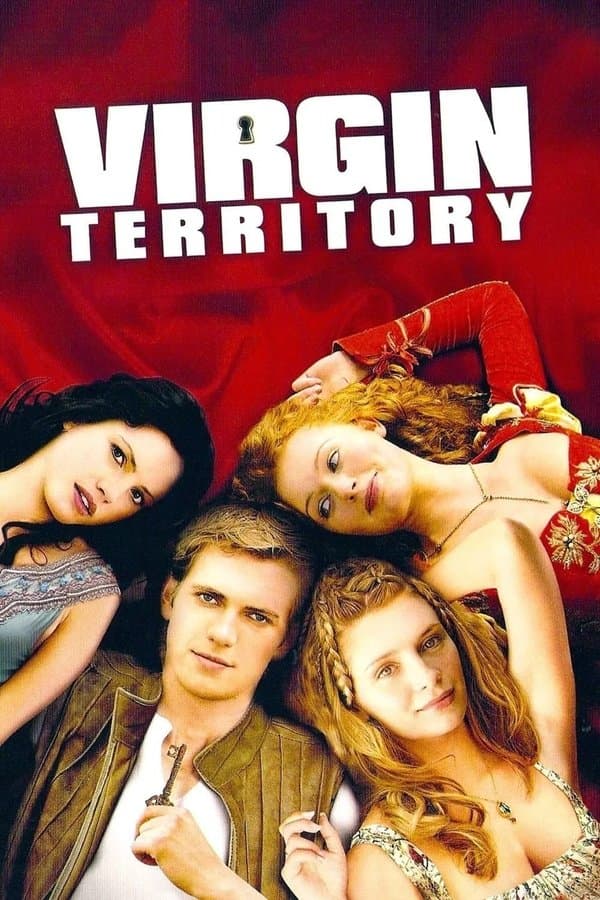
Virgin Territory
2007 • Action, Adventure, Comedy, Romance • R
In Black Death era Tuscany, as in the Decameron, ten young Florentines take refuge from the plague. But instead of telling stories, they have lusty adventures, bawdy exchanges, romance, swordplay, randy nuns, Saracen pirates, and a sexy cow.
Runtime: 1h 33m
Why you should read the novel
Reading The Decameron offers a truly enriching experience for lovers of storytelling and history alike. Unlike the movie adaptation, the book presents a vivid tapestry of 14th-century Italian life, exploring human nature, wit, morality, and survival through one hundred tales told by ten young Florentines seeking refuge from the Black Death. Boccaccio’s original stories feature an incredible range of voices, plots, and emotional depth, all written with sharp humor and keen insight into both everyday and timeless concerns.
These stories grant readers an unfiltered window into the past, offering a nuanced portrayal of love, fortune, and cleverness that transcends genres and centuries. Instead of focusing solely on romance or slapstick comedy, the book explores diverse themes and social commentaries on religion, society, and personal ethics, often with surprising compassion and wisdom. For anyone interested in literature's roots, The Decameron is a foundational masterpiece that shaped Western narrative traditions.
Choosing to read The Decameron means immersing yourself in a rich and multilayered literary experience, discovering stories that have inspired countless adaptations and retellings. It provides a chance to understand not only its vital cultural context but also the vast difference between complex, historic storytelling versus the simplified, sometimes sanitized lens of modern movie adaptations.
Adaptation differences
Virgin Territory drastically condenses the sprawling narrative scope of The Decameron, reducing its hundred tales to a simple central plot focused primarily on romance and comedic antics. Where Boccaccio’s book spans a diverse panorama of characters, voices, and episodes, the film narrows its lens to three protagonists, prioritizing slapstick comedy, sexual innuendo, and farcical scenarios aimed at a contemporary audience. As a result, the adaptation loses much of the original’s variety, thematic depth, and narrative innovation.
The tone and style markedly differ between the two works. The Decameron blends highbrow social satire, philosophical musings, and deeply human dilemmas, while Virgin Territory adopts a modern, irreverent, almost teen-movie approach, complete with anachronistic dialogue and sensibilities. The subtle moral lessons and explorations of love, fortune, and intellect in the source material are frequently replaced by straightforward gags, romance, and physical comedy in the film.
Another significant change lies in the representation of the Black Death and its social implications. Boccaccio’s characters are acutely aware of the plague’s severity, and their stories serve as both escapism and social critique. In Virgin Territory, the historical context is largely downplayed—a mere backdrop for comic hijinks and romantic entanglements—lacking the gravity, social insight, and narrative motivation that plague provides in the book.
Finally, the adaptation’s structure alters the very purpose of the storytelling. In The Decameron, the act of telling tales is both a method of survival and a communal response to trauma. The movie, rather than exploring the cathartic or restorative power of narrative, treats the source material as a springboard for episodic comedy, missing the reflective and transformative essence that has made Boccaccio’s work enduringly influential.
Virgin Territory inspired from
The Decameron
by Giovanni Boccaccio











